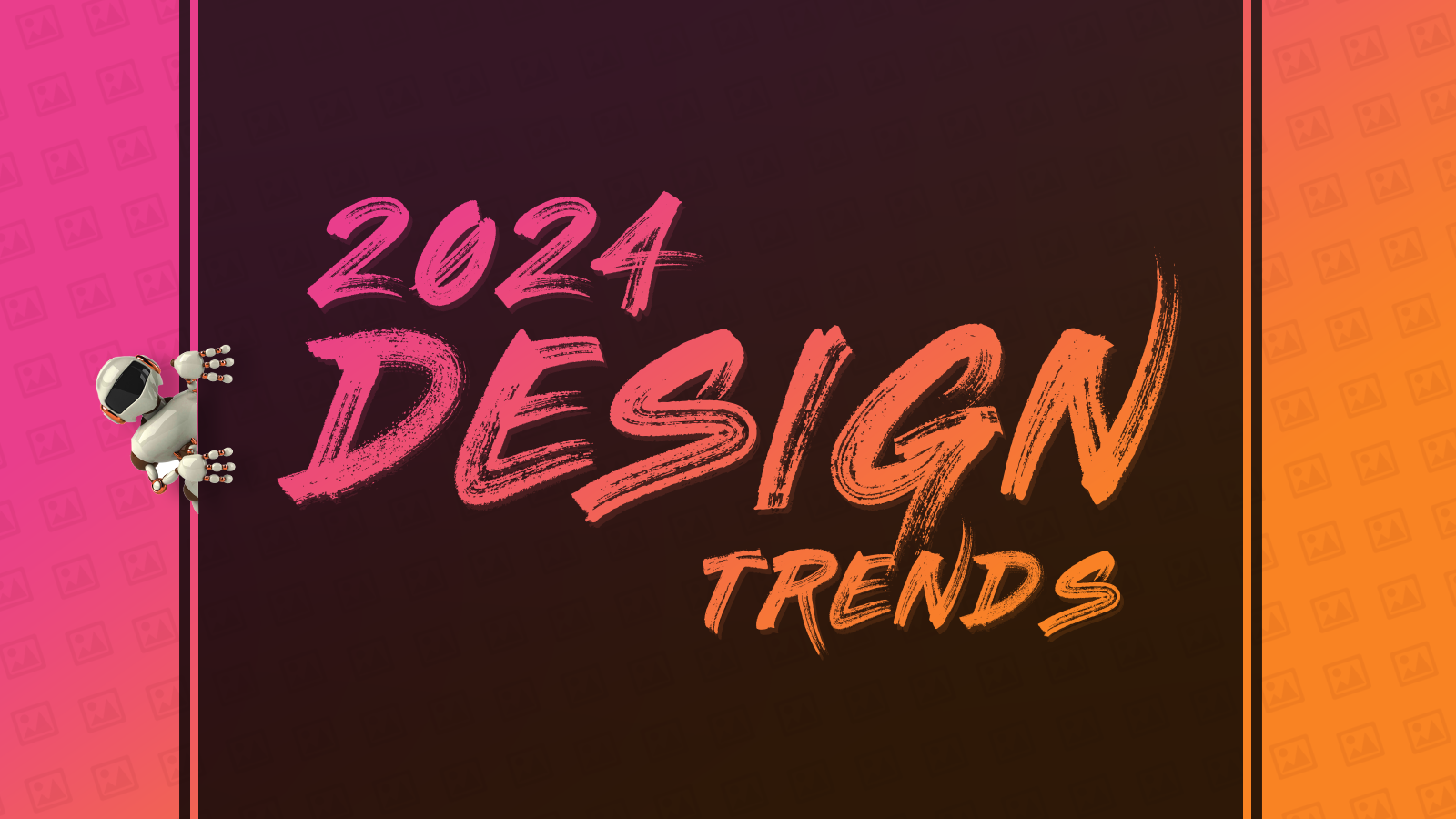Blog
CATEGORY: digital-marketingNewsPublic Sector
Is it time to jump on the WhatsApp Channel bandwagon?
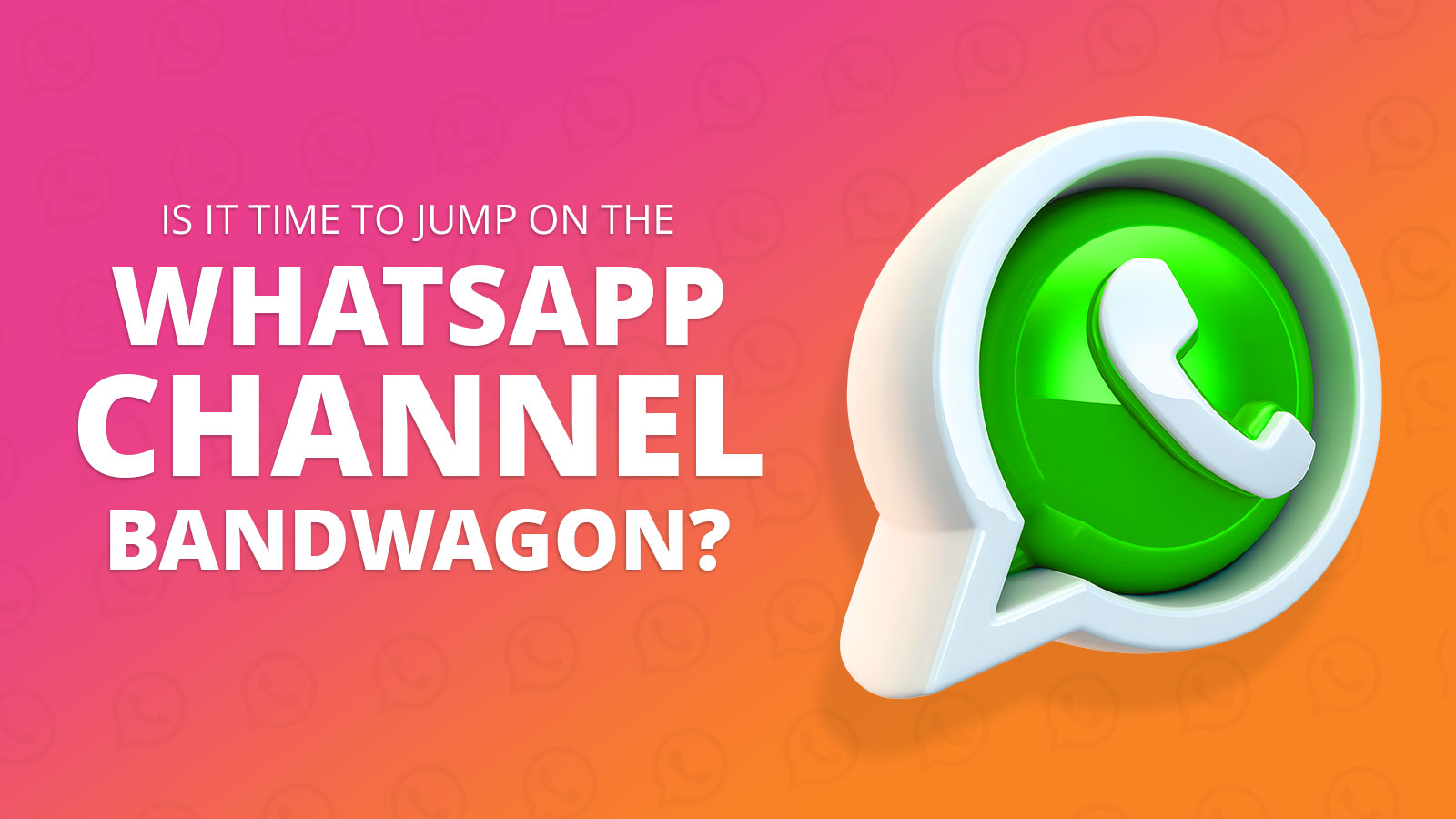
Or should we remember Meta’s previous form?
WhatsApp Channels, introduced in 2023 as part of the WhatsApp app, offer a way for users to receive updates and media-rich content from individuals or organisations that they are interested in.
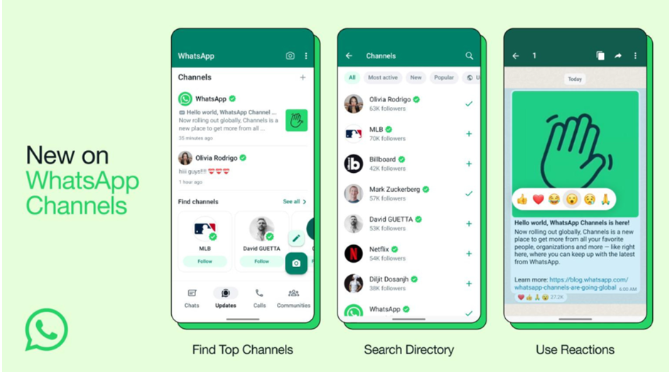
A growing number of brands, media companies and celebrities have created WhatsApp Channels and attracted audiences of thousands or sometimes millions of subscribers. Real Madrid FC, for example, currently enjoy the biggest WhatsApp channel following with just over 47 million subscribers! It is an attractive proposition to those who have a broadcast strategy.
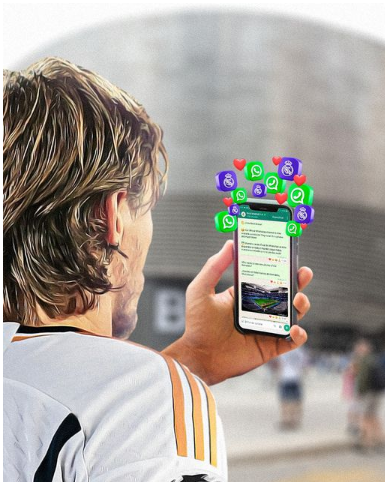
Users can view WhatsApp Channels by browsing WhatsApp’s directory or by following links published by Channel owners. Users can also then subscribe to channels, enabling them to receive updates directly in WhatsApp. When subscribing, no data (e.g. your mobile number) is passed to the channel owner about the subscriber.
Subscribers can react to posts, and channel owners can publish polls to gather insights from their subscribers. There is none of the comment curation needed with traditional social media posts and none of the privacy concerns about collecting and processing large volumes of subscriber data that you would traditionally associate with email.
Lessons from India
The UK Government launched a WhatsApp channel in January, and this now has just over 100,000 followers. Some other public sector organisations have followed suit, but it is worth looking beyond these shores to understand where things could go for WhatsApp channels.
India is a key market for WhatsApp - over a half a billion people actively use the platform there and they use it in ways that are yet to reach the UK, including for shopping and for making payments.
You will find many Indian government departments, police forces and politicians all with active WhatsApp channels. The Ministry of Information & Broadcasting publishes a Daily Wrap video to their half million subscribers with a summary of what the government has been doing that day.
Meta dangers
There is certainly opportunity to reach and engage with audiences at scale through WhatsApp channels, but there are also some potential dangers in the long term.
WhatsApp owner, Meta, has a history of not wanting anyone to leave its platforms. Facebook posts with external links are heavily penalised by their algorithms. Instagram still makes it very difficult to link to external content. The tools that have been developed for WhatsApp in India suggest a complete platform for users to communicate and transact without the need for the open internet.
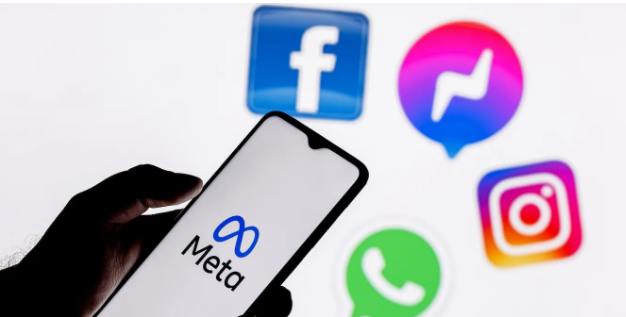
Bearing in mind as a WhatsApp channel owner, you hardly get any insight on who it is that is subscribing to your channel, I wonder how much this is about increasing the amount of time people spend on WhatsApp.
I have seen a range of digital communications innovations over the years, and I can largely categorise them into two types:
Type 1: those that failed (Google+)
Type 2: those that were monetised.
In my agency days, probably around 2014, I remember conversations with distraught customers about how their organic reach on Facebook had dropped from a steady 50% on any given post to about 6% at best on the really good posts. Nowadays, Facebook organic reach averages about 1.5%. The proverbial proprietary platform rug was pulled and pulled out quickly. Paying to promote content on Facebook was the only quick fix.
Could WhatsApp channels follow the same playbook as was used for Facebook pages? Invest time and marketing budget in building your audience on our platform, enjoy a honeymoon period of amazing organic reach, enjoy it to the point it becomes central to your comms strategy and then… Meta goalposts shift, and you now need to “pay to play”.
This is normal of course, major broadcasters, newspapers and other established media channels make you pay to reach an audience of thousands. It has value.
So, this should not put you off (not yet anyway) and it makes sense to utilise WhatsApp channels if they are able to provide value and fit with your strategic objectives. The subscriber numbers that some brands have achieved in weeks and the simplicity of setup tick the high impact, low complexity sweet spot of trying new things.
All things to all people?
There is one more quandary for your approach to WhatsApp channels. Holding the attention of very large subscriber numbers via any channel in the long-term is a challenge regardless of what goes on commercially.
Do you go big, or do you go niche? Dan Slee (who has been consistently keeping an eye on WhatsApp Channel developments) observed that the Daily Mail have gone niche with their WhatsApp Channel strategy; publishing some 28 channels including treats such as the Daily Mail: Kardashians News channel (3.8m followers 🤯) and Daily Mail: Taylor Swift.
MyLondon; a local news publisher run by Reach PLC, have also set up several WhatsApp channels dividing their content between news and leisure topics.
It can be challenging to be all things to all people and finding a balance between giving something that is specific enough to capture interest and diverse enough to maintain interest is a challenge we’ve seen before with email, with social and with communications strategies more generally.
I am often reminded of the Government Digital Service mantra “Find what works, not what’s popular” when considering channel mix in email. There is a balance to be had and I suspect the same would be true for WhatsApp channels.
In my experience, the best performing email newsletters; those that both regularly attract new subscribers and maintain loyal readerships tend to have a core subject matter but aren’t afraid to run stories that venture away from that core subject. The old journalistic concept of light and shade is alive and well in 2024 and mixing up serious, newsworthy content with more entertaining content remains an effective strategy.
I agree with Dan Slee that an effective approach to public sector use of WhatsApp channels is likely a multi-channel strategy, but a core PR-focused brand channel is probably still sensible.
In considering how niche you go, there is a lesson from email here too. I see some public sector organisations, particularly councils, with over 100 regularly (mostly regularly) published email newsletters. It is too much. Massive sign-up forms with a dizzying array of choice and micro-audiences for the more niche newsletters tend to lead to poor levels of new subscribers, massive workloads to produce and modest engagement with the output.
That is not to say there isn’t a place for the very niche newsletter or WhatsApp channel, but you should be objective in measuring the outcome from it. Do you see that niche audience fulfilling the real-world objectives, not just readership.
I would also contend that having the aim of building a WhatsApp channel that millions subscribe to is your classic marketing vanity metric. These platforms can be fickle and having helped many customers add Threads icons to their list of social channels last year, I would question the value of the channel in itself. Instead, what are the real-world outcomes that can be the measure of success for a WhatsApp channel or any other channel?
I still get asked on a weekly basis “what is a good open rate for my email newsletter”. I always give a relatively scientific answer, but what I would like to say is that it does not matter. If you plan to give WhatsApp channels a go, look beyond the vanity metrics.
Further reading
A selection of noteworthy WhatsApp Channels from public sector organisations thus far:
UK Government
https://www.whatsapp.com/channel/0029VaGDHQ6GpLHKEdlUt03L
World Health Organisation
https://www.whatsapp.com/channel/0029Va4888XFXUuR8N6Inn2u
Ministry of Information and Broadcasting, Govt of India:
https://www.whatsapp.com/channel/0029Va4wg1uLNSa6sTF0zk3f
Brent Council
https://www.whatsapp.com/channel/0029VaOnXymEVccS0EAiDB2t
Please note, WhatsApp Channels does not yet work on the desktop or web apps, so you will need to use your phone to view these channels.
From a publisher perspective, WhatsApp Channels are not available via any of Meta’s APIs to date, so you must run them through Meta’s business tools.
Solutions
Email marketing healthcheck
We are confident that we can help you, which is why we offer a free healthcheck to identify potential issues with your current programme and free advice on things that could be done to improve it.
